“We [who practice nonviolent direct action] are not the creators of tension. We merely bring to the surface the hidden tension that is already alive. We bring it out into the open, where it can be seen and dealt with. Like a boil that can never be cured so long as it is covered up but must be opened with all its ugliness to the natural medicines of air and light, injustice must be exposed, with all the tension its exposure creates, to the light of human conscience and the air of national opinion before it can be cured.“— Martin Luther King, Jr. Letter from a Birmingham Jail
The past few years have seen countless instances of police shootings of black people followed by protests, anger, and despair: from Charlotte to Chicago to San Francisco to Ferguson and everywhere in between it seems that hardly a week has gone by without another unarmed person of color shot to death by police officers. Unfortunately, this is but the tip of the iceberg. For every shooting there are tens of thousands of instances of people of color being “stopped and frisked,” pulled over, arrested, and harassed for no reason other than that they are of color. And for every one of these “minor” indignities there are tens thousands of people of color languishing in jails and prisons, under the thumb of the parole system, and awaiting trial. And for every one of those swept up in the criminal justice system–a system that systematically targets minorities–there are at least ten people of color living in segregated neighborhoods with substandard housing, poor air quality, dilapidated schools, no access to parks or financial services or healthy food, and few job opportunities.
The real tragedy is that only the shootings make it on the news. Only the shootings are exposed “to the light of human conscience and the air of national opinion…” So while police are increasingly wearing body cameras and communities are attempting to take a different approach to policing, the fact that America has 25% of the world’s prison population–and that the majority of that population consists of people of color–is all-but-ignored.
It is no secret that much of the success of the Civil Rights movement that started in the ’40s and continued into the mid-sixties was due to the very public nature of the iniquity: it was hard to ignore lynchings, shootings, dog attacks, and police beatings. I don’t know if somewhere along the way some “brilliant” racist figured it out, or if it happened by accident, but the more racism was swept into the shadows the more it could thrive without question. The root causes of continued racial inequality (African American families have just 1/10th the wealth of the average white family, for instance), have gone unaddressed. Joblessness, low-quality schools, lack of access to equitable financial services and healthy food are just some of the injustices that have to be rectified before we can even pretend to be working toward a more just society.
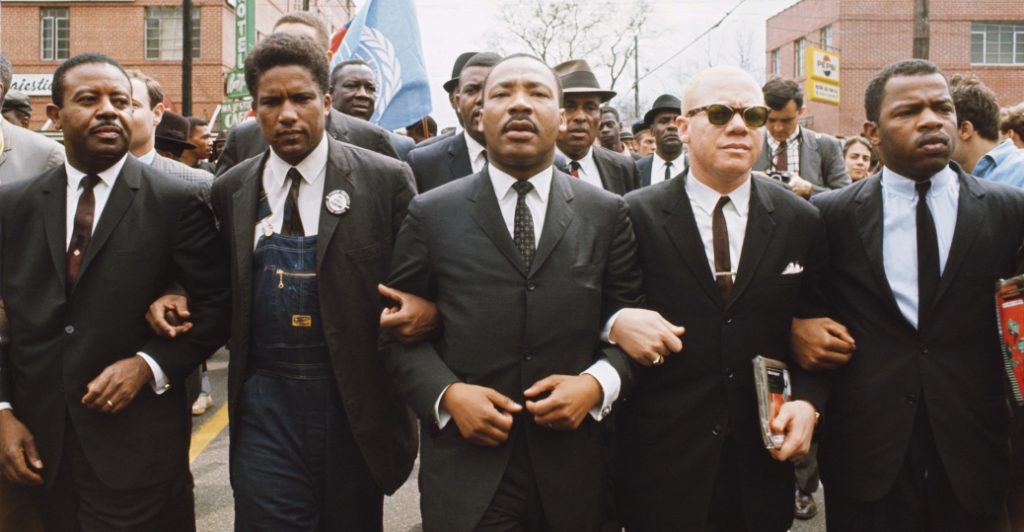 I don’t know how one would dramatize mass incarceration. Those in jail due to crimes (even though they are almost always for things like smoking a few grams of marijuana) are far less sympathetic to Americans to those who voluntarily are thrown into jail as a result of protest. And even then, many Americans view protestors as little more than a nuisance (“How dare you inconvenience my commute to protest black people being shot to death in the streets!”). In short, millions of people behind bars don’t make for good TV. As a result, their stories are left untold.
I don’t know how one would dramatize mass incarceration. Those in jail due to crimes (even though they are almost always for things like smoking a few grams of marijuana) are far less sympathetic to Americans to those who voluntarily are thrown into jail as a result of protest. And even then, many Americans view protestors as little more than a nuisance (“How dare you inconvenience my commute to protest black people being shot to death in the streets!”). In short, millions of people behind bars don’t make for good TV. As a result, their stories are left untold.
Racism is so deeply entrenched in American society that it’s hard to look somewhere without finding it. Wherever people of color come up against authority–big banks, public school districts, slumlords, utility companies, police, the justice system–they are exploited or ignored. What lurks in the shadows is far more insidious than the act of hate that casts those shadows. So long as we fail to find a light bright enough to illuminate the entire nation we will fail to account for, and properly address, America’s original sin of slavery, violence against native people and women, and social and economic exploitation of minorities. I am heartened and inspired by the work Black Lives Matter is doing to build and direct that light; we need more people to get engaged in the movement so that, working together, we can finally make things right.
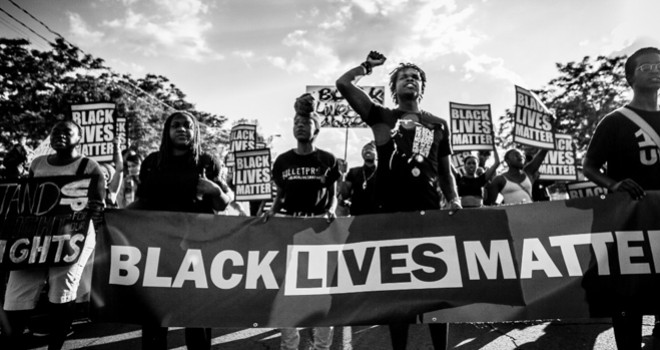

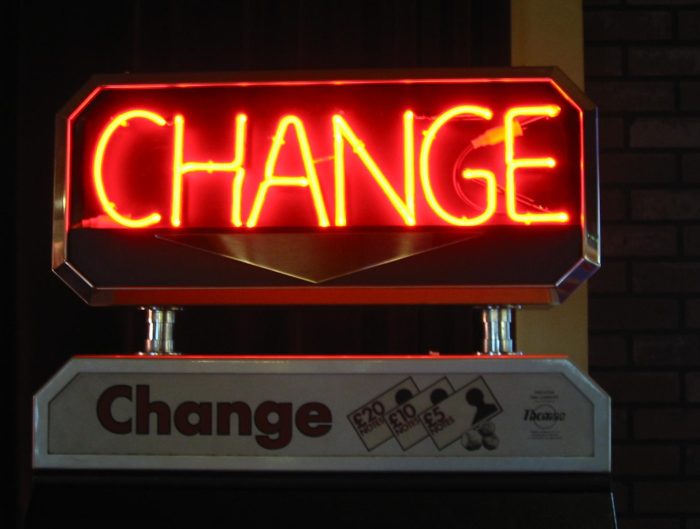
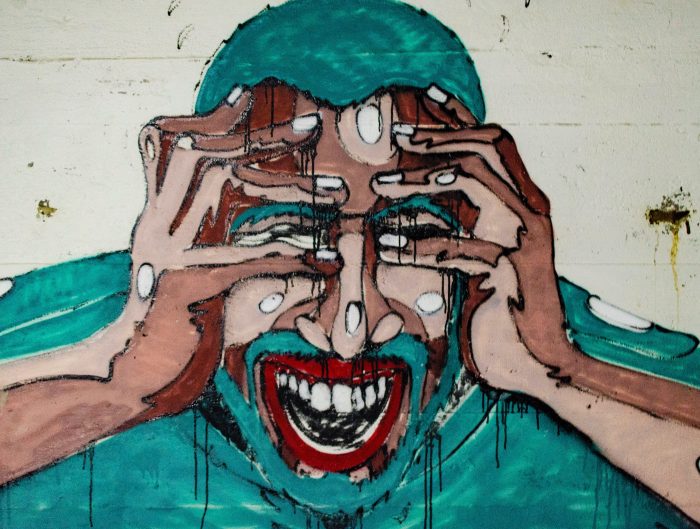
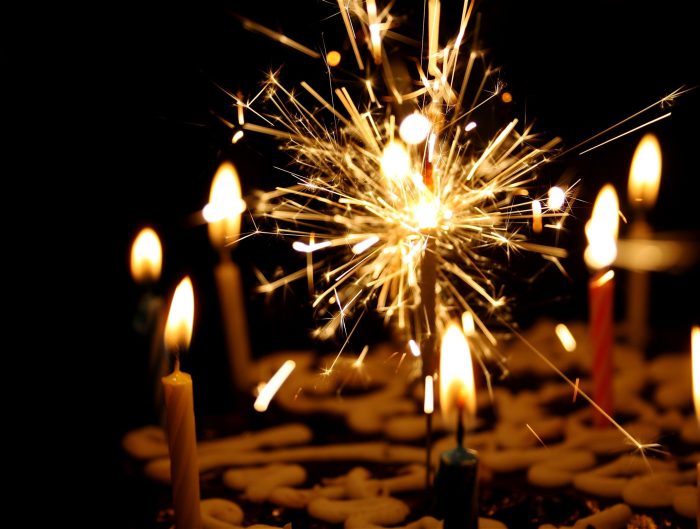
Leave A Reply